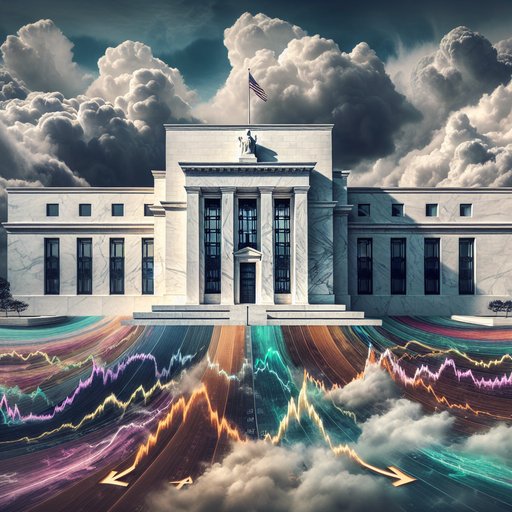
Federal Reserve Chairman Jerome Powell has indicated that interest rate cuts could be on the horizon, triggering optimistic reactions across global financial markets. Speaking at the Jackson Hole symposium, Powell's comments about potential monetary policy easing led to significant gains in Asian markets and Wall Street, as investors responded positively to the prospect of lower borrowing costs [1].
The Fed Chair's remarks centered on emerging concerns about the labor market, suggesting that the central bank is preparing to shift its policy stance. Powell specifically highlighted several risk factors in employment trends that could influence the timing of rate cuts [2]. This careful positioning reflects the Fed's delicate balance between managing inflation and supporting economic growth.
The market response was notably positive, with Asian shares advancing in response to Wall Street's rally following Powell's speech [1]. The signal of potential rate cuts has prompted investors to adjust their portfolios, with some sectors seeing particular benefits from the prospect of lower interest rates.
However, some financial institutions are expressing caution about the timing of rate cuts. Bank of America has warned about the risks of cutting rates too soon, suggesting that the Federal Reserve could make a policy error if it moves too quickly [3]. This highlights the complex considerations the Fed must weigh in its decision-making process.
The dollar's outlook has become a key focus point for market analysts, with DZ Bank's head of FX and monetary policy expressing bearish sentiment on the US currency [4]. This perspective suggests that the anticipated rate cuts could have significant implications for currency markets.
























